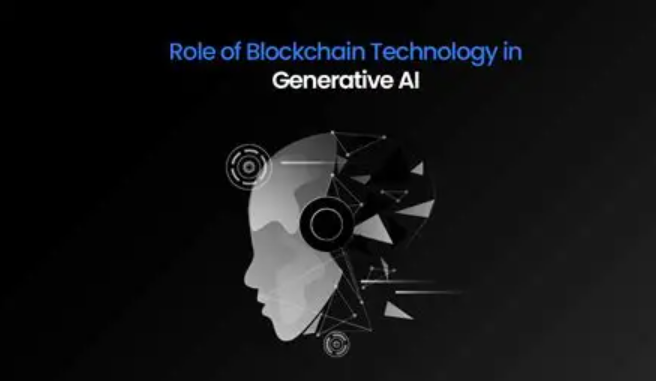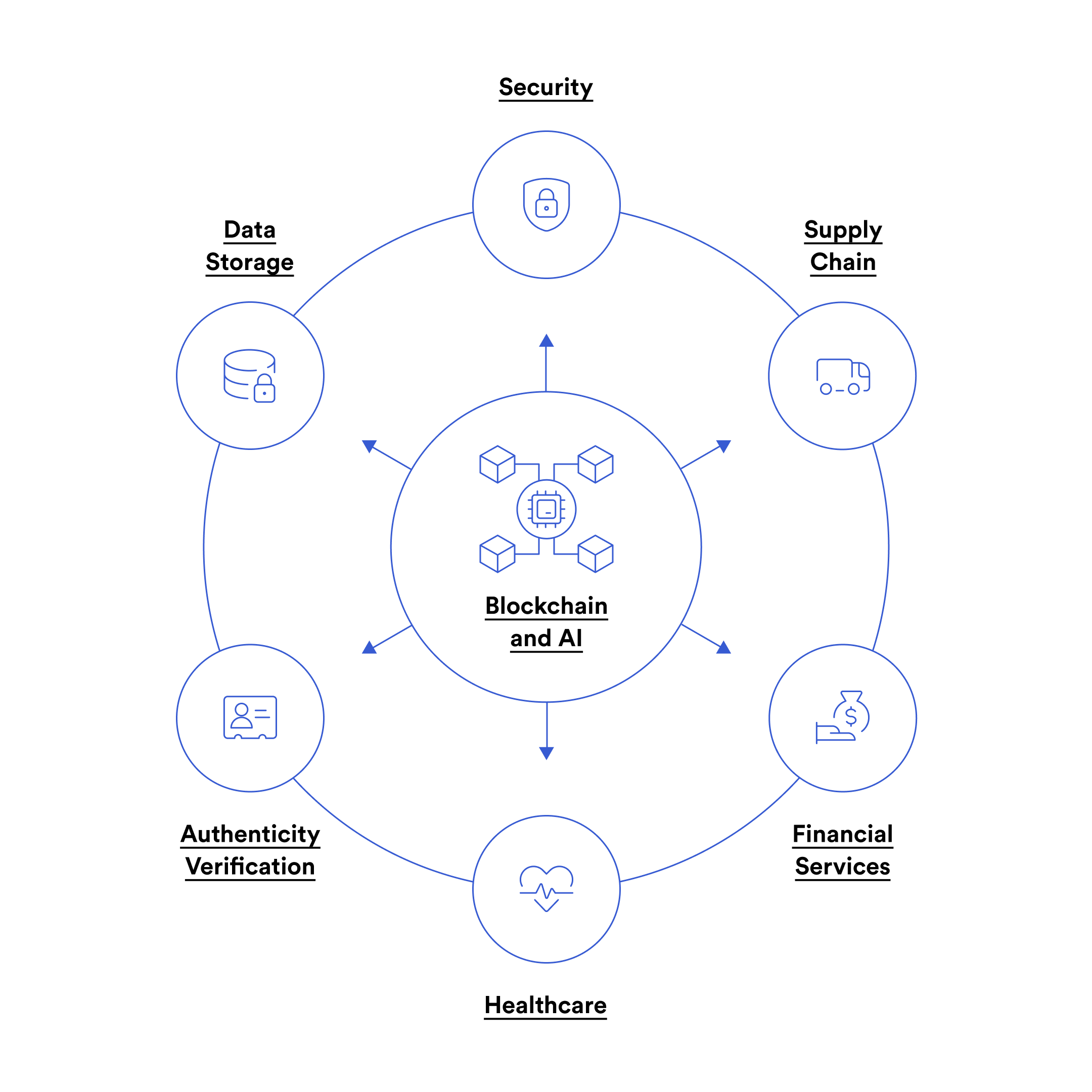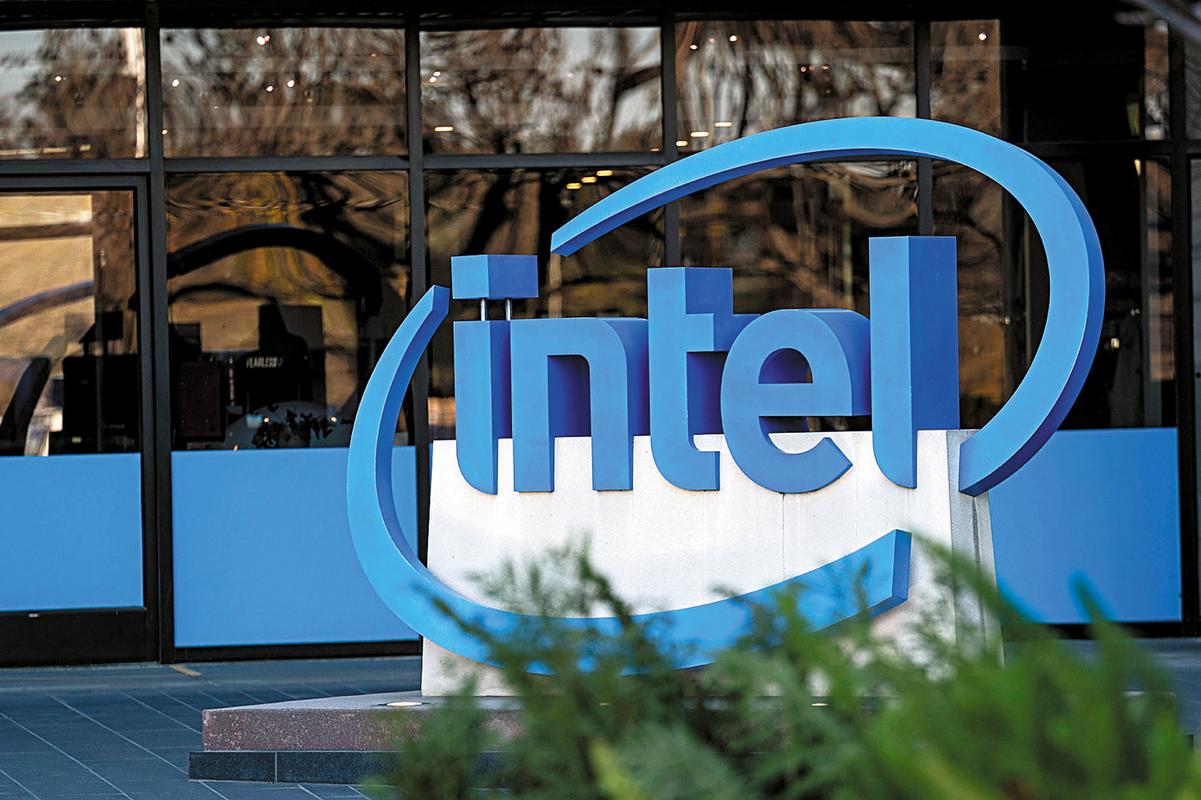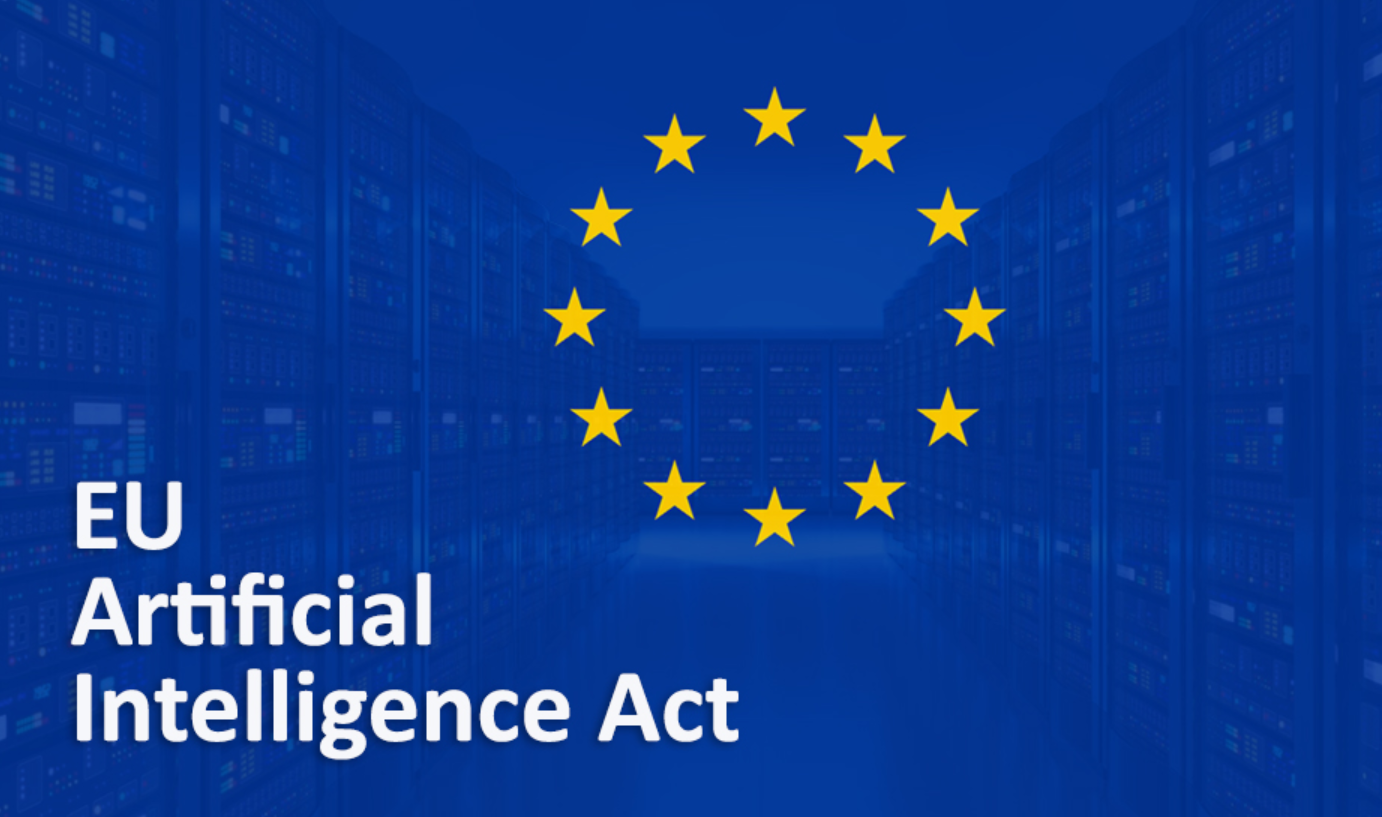Generative AI's Content Authenticity Crisis and Blockchain Traceability Solutions

The 2024 $4.7 billion fine imposed on Meta for failing to curb AI-generated disinformation marked a turning point in the digital age. The penalty, stemming from viral deepfakes—including a fabricated audio of President Biden discussing a political crisis and AI-generated videos of Martin Luther King Jr. endorsing a presidential candidate—exposed the vulnerability of traditional content moderation systems. For Western digital natives aged 20–40, who consume 65% of their news via social platforms (Pew Research, 2024), this crisis threatens the very fabric of online trust, while blockchain technology emerges as a powerful antidote.
Generative AI’s ability to produce hyper-realistic content at scale has created an authenticity crisis spanning politics, education, and commerce. During the 2024 U.S. election, 171 AI-powered bots spread fabricated policy statements within 48 hours of their creation—faster than fact-checkers could respond (AI Incident Database, 2025). In educational settings, deepfake images of students were weaponized for harassment in Pennsylvania and Sydney, while real estate scams using AI-generated property listings defrauded victims of $255,000 in Florida. These incidents highlight a critical flaw: classical verification methods cannot keep pace with AI’s rapid content production, leaving platforms like Meta legally and ethically liable for misinformation spread on their networks.

Blockchain technology offers a decentralized solution by embedding immutable traceability into digital content. Unlike centralized databases vulnerable to manipulation, blockchain’s distributed ledger records every content creation and modification event with cryptographic hashes and timestamps. Projects like ACM Digital Library’s Authentic Facts system demonstrate how non-fungible tokens (NFTs) can certify content origins—each article, image, or video receives a unique digital fingerprint stored on-chain, enabling users to verify its authenticity instantly. Reuters piloted this approach in 2024, attaching blockchain certificates to its investigative reports, which reduced misattribution by 78% among its under-40 readership.
The technology’s transparency extends beyond verification. Advanced blockchain architectures, such as those using Merkle tree indexing, allow efficient tracking of content lineage even as it circulates across platforms. This solves a major pain point: 62% of European social media users aged 20–40 report difficulty determining content origins (Eurostat, 2024). By integrating searchable encryption and permissioned access layers, blockchain systems balance traceability with privacy—critical for journalists and creators protecting sensitive sources.
Yet significant challenges remain. Widespread adoption requires overcoming technical barriers: 58% of small content creators cite blockchain’s complexity as a barrier (Nielsen, 2024). Cross-platform standardization is lacking, with competing protocols creating interoperability issues. Additionally, the energy consumption concerns associated with some blockchain networks conflict with the sustainability values of many young users.

For the 20–40 age group navigating this digital minefield, the solution lies in collaborative innovation. Tech companies like Adobe are already integrating blockchain-based provenance tools into creative software, while EU regulators propose “digital authenticity mandates” for social platforms. As digital natives who intuitively grasp both AI’s capabilities and blockchain’s potential, this generation is uniquely positioned to drive adoption—demanding transparent content ecosystems that preserve creativity while restoring trust. The path forward requires balancing technological innovation with user-centric design, ensuring that the fight against misinformation doesn’t stifle the very digital expression it seeks to protect.
(Writer:Wanny)





